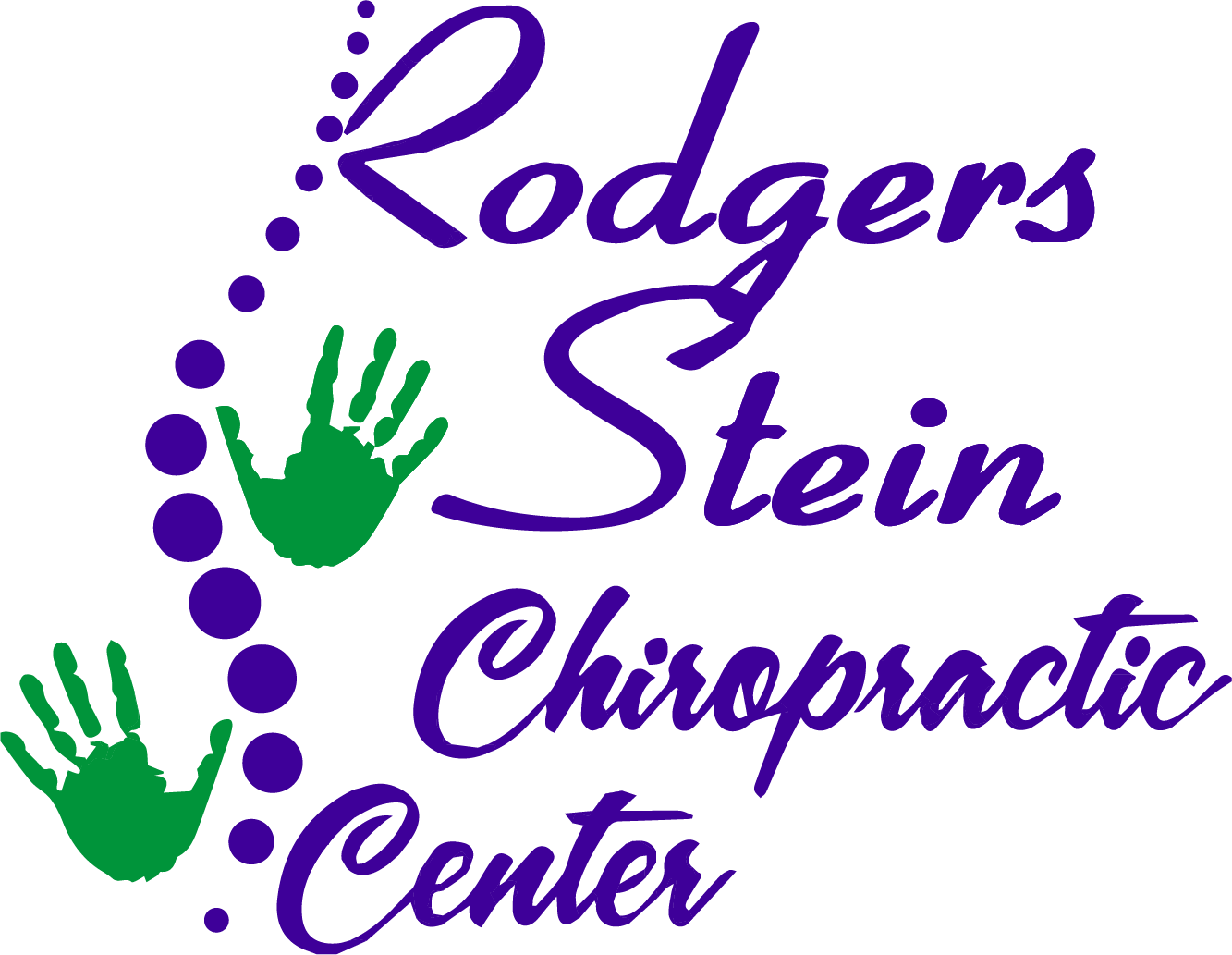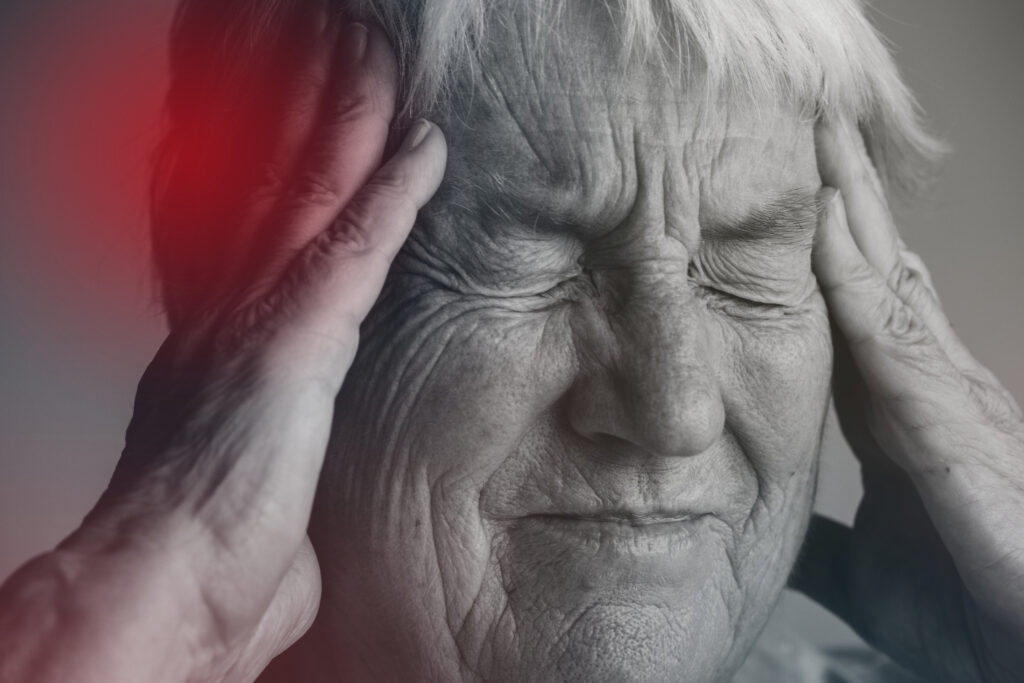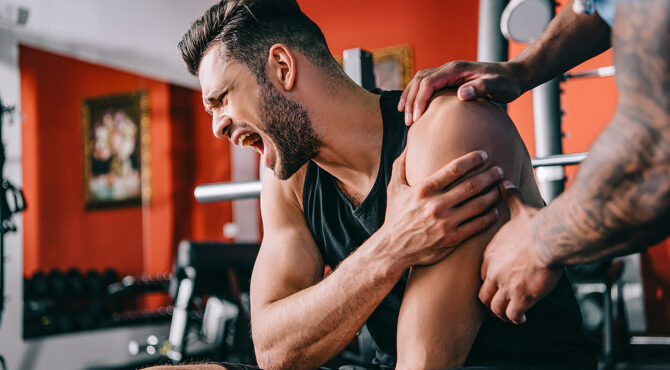When you face a sports injury, it's crucial to understand the variety of treatment options available to guarantee a smooth recovery. You might start with basic strategies like the R.I.C.E. method to manage immediate pain and swelling. However, as you consider your next steps, exploring advanced therapies like physical rehabilitation or innovative treatments could greatly influence your healing process. The path to recovery isn't just about treating the injury; it's also about enhancing your overall performance. What you choose next can shape your journey back to the field.
Common Sports Injuries
When you hit the field or court, the risk of sports injuries looms large. You might twist an ankle while making a sharp turn, or feel a sharp pain in your knee during a jump. Common sports injuries can sideline you unexpectedly, impacting not just your performance but also your overall enjoyment of the game.
Sprains and strains are two of the most prevalent injuries. A sprain occurs when you stretch or tear a ligament, often in your ankle, knee, or wrist. On the other hand, a strain affects muscles or tendons, commonly seen in your hamstrings or quadriceps. Both can range from mild to severe, and recognizing the signs early is vital for a swift recovery.
Fractures and dislocations are more serious injuries that require immediate attention. A fracture is a break in the bone, often caused by a fall or collision, while a dislocation happens when a bone is forced out of its normal position in a joint. These injuries can be painful and may require medical intervention to guarantee proper healing.
Tendinitis is another common issue, often arising from overuse. You might feel pain and swelling in your shoulders, elbows, or knees, especially if you're playing or training intensively. It's important to listen to your body and take breaks when necessary.
Understanding these common sports injuries helps you stay prepared and proactive in your training, allowing you to enjoy the thrill of the game while minimizing the risk of sidelining injuries.
Initial Treatment Strategies
When you suffer a sports injury, quick action is essential for recovery.
Start by using the R.I.C.E. method—Rest, Ice, Compression, and Elevation—to manage swelling and pain.
Additionally, exploring pain management techniques can help you stay comfortable as you heal.
R.I.C.E. Method
The R.I.C.E. method is an essential initial treatment strategy for managing sports injuries, as it helps reduce swelling and promote healing. R.I.C.E. stands for Rest, Ice, Compression, and Elevation. By following these four steps right after an injury, you can greatly enhance your recovery process.
- Rest: Give your body a break. Stop any activity that causes pain or discomfort, allowing your injury time to heal.
- Ice: Apply ice packs to the injured area for about 15-20 minutes every hour. This helps numb the pain and decrease swelling.
- Compression: Use an elastic bandage or compression wrap to support the injured area. This can help limit swelling and provide stability.
- Elevation: Keep the injured limb elevated above heart level whenever possible. This reduces blood flow to the area, minimizing swelling.
Pain Management Techniques
Effective pain management is essential in the early stages of treating a sports injury, as it not only alleviates discomfort but also aids in the healing process.
You'll want to start with the R.I.C.E. method—rest, ice, compression, and elevation. Rest is vital to prevent further injury, while ice can help reduce swelling and numb the pain. Applying ice packs for 15-20 minutes every couple of hours during the first few days can be particularly effective.
Over-the-counter pain relievers like ibuprofen or acetaminophen can also offer significant relief. They help to reduce inflammation and ease discomfort, allowing you to engage in gentle movements as part of your recovery. Be sure to follow the recommended dosages and consult with a healthcare professional if you have any concerns.
Additionally, consider using topical analgesics, which can provide localized pain relief without the side effects of oral medications.
As you gradually progress through your recovery, integrating gentle stretching and strengthening exercises can further help manage pain and restore function. Always listen to your body, and if pain persists, seek advice from a medical professional to explore further treatment options.
Physical Therapy Techniques
When you're recovering from a sports injury, physical therapy techniques play an essential role in your rehabilitation.
You'll benefit from manual therapy approaches, strengthening exercises, and injury prevention strategies designed to get you back in the game safely.
Let's explore how these methods can help you regain your strength and mobility.
Manual Therapy Approaches
Manual therapy approaches play an essential role in the rehabilitation of sports injuries, as they focus on restoring movement and reducing pain.
These hands-on techniques are designed to improve mobility, enhance blood flow, and promote healing in the affected areas. By working with a skilled physical therapist, you can experience a range of manual therapy methods tailored to your specific needs.
Here are some common manual therapy techniques you might encounter:
- Joint Mobilization: Gentle movements help improve joint function and reduce stiffness.
- Soft Tissue Mobilization: Techniques targeting muscles and connective tissues can relieve tension and alleviate pain.
- Myofascial Release: This technique focuses on releasing restrictions in the fascia, promoting overall flexibility and comfort.
- Trigger Point Therapy: By addressing specific tight spots in your muscles, this approach can help alleviate localized pain.
Incorporating manual therapy into your treatment plan can enhance your overall recovery process.
It's important to communicate openly with your therapist about your symptoms and progress, ensuring you get the most effective care possible.
With dedication and the right approach, you'll be on your way to returning to your favorite activities in no time!
Strengthening Exercises Overview
After addressing pain and mobility issues through manual therapy, the next step in your rehabilitation journey often involves strengthening exercises. These exercises are essential for rebuilding muscle strength, improving joint stability, and enhancing overall function. By focusing on specific muscle groups related to your injury, you can promote healing and prevent future issues.
You'll likely start with low-resistance exercises to guarantee your body adapts without overexertion. Think of exercises like isometric holds, where you engage muscles without movement, gradually progressing to dynamic movements as your strength improves. Incorporating resistance bands or light weights can also be beneficial.
As you advance, it's important to focus on proper form. Engaging a physical therapist can help you with this, ensuring you're performing exercises correctly and reducing the risk of re-injury.
Additionally, you should aim for a balanced program that includes exercises for both the injured and surrounding areas. This will help distribute the workload evenly across your body.
Injury Prevention Strategies
To effectively prevent sports injuries, incorporating specific physical therapy techniques into your routine is vital. By focusing on flexibility, strength, and balance, you can greatly reduce your risk of getting hurt.
Here are some key strategies you can adopt:
- Dynamic Stretching: Before you start your workout, engage in dynamic stretches to improve your range of motion and prepare your muscles for activity.
- Strength Training: Incorporate strength exercises targeting major muscle groups. This not only boosts your performance but also stabilizes joints, decreasing injury risk.
- Balance Exercises: Work on your balance through activities like yoga or stability ball exercises. Good balance helps you maintain control during sports, which can prevent falls and twists.
- Cool Down: After your activity, take time to cool down with static stretches. This helps your muscles recover and maintains flexibility, which is essential for injury prevention.
Medications and Pain Management
When dealing with sports injuries, effective medications and pain management strategies are essential for a swift recovery. Pain relief not only helps you feel better but also allows you to engage in rehabilitation activities more comfortably.
Over-the-counter nonsteroidal anti-inflammatory drugs (NSAIDs), like ibuprofen or naproxen, can reduce pain and swelling, making them popular choices for managing acute injuries.
If your pain is more severe, your doctor may prescribe stronger medications, such as opioids, but use these cautiously due to the risk of addiction and side effects. Always follow your healthcare provider's advice when taking any medication.
In addition to medications, you should also consider incorporating other pain management techniques. Physical therapy is a valuable option, as it focuses on strengthening the injured area and improving mobility.
Techniques such as ice therapy can help reduce inflammation and numb the pain. Applying ice for 15-20 minutes several times a day is often recommended during the initial recovery phase.
Don't overlook the benefits of complementary therapies either. Options like acupuncture or massage therapy can provide additional relief and promote healing.
You might also want to explore relaxation techniques, such as deep breathing or mindfulness, which can help you cope with pain and stress during your recovery.
Ultimately, finding the right combination of medications and pain management strategies tailored to your specific needs will pave the way for a quicker return to your favorite sports activities.
Innovative Treatment Options
While effective medications and pain management strategies lay a solid foundation for recovery, innovative treatment options can further enhance your healing process.
These cutting-edge therapies are designed to target the root causes of your injuries and speed up your return to the field. Exploring these options might open up new avenues for recovery you haven't considered yet.
Here are some innovative treatments you might want to explore:
- Platelet-Rich Plasma (PRP) Therapy: This involves injecting your own concentrated platelets into the injured area, promoting healing and tissue regeneration.
- Stem Cell Therapy: Utilizing your body's own stem cells, this treatment aims to repair damaged tissues and reduce inflammation, offering a potential solution for chronic injuries.
- Hydrotherapy: Water-based therapies can relieve pain and improve mobility without putting excess strain on your joints, helping you stay active during recovery.
- Cryotherapy: This technique uses extreme cold to numb pain and reduce inflammation, allowing for quicker recovery times and enhanced performance.
These innovative treatments not only address pain but also facilitate long-term healing.
Make sure to consult with a healthcare professional to determine which options are best suited for your specific injury and lifestyle.
Rehabilitation and Recovery
Rehabilitation and recovery are vital steps in overcoming sports injuries and getting back to peak performance. Once you've sustained an injury, your focus should shift to restoring strength, flexibility, and functionality. Your rehabilitation journey typically begins with a thorough assessment from a healthcare professional who understands your specific injury and sport.
In the initial stages, you might need to rest the affected area while incorporating gentle movements to promote blood flow and prevent stiffness. As you progress, a physical therapist will design a tailored program. This program often includes exercises aimed at rebuilding strength and stability. You'll likely engage in both stretching routines and strength training to guarantee balanced recovery.
Listening to your body is essential during rehabilitation. If you feel pain, don't push through it; instead, communicate with your therapist about adjusting your regimen. They might introduce modalities like ultrasound or electrical stimulation to help manage pain and inflammation.
As you advance, functional drills that mimic your sport's movements will play a significant role. These exercises not only enhance your physical condition but also boost your confidence in returning to play. Remember, the goal of the rehabilitation process isn't just to heal but to come back stronger.
In the final phase, gradual reintroduction to your sport is key. This involves participating in modified practices or drills, allowing you to assess your readiness for full competition. With the right approach, you'll be on the path to recovery and ready to reclaim your spot on the field or court.
Prevention and Long-Term Care
Your approach to preventing sports injuries and ensuring long-term care is essential for maintaining peak performance and overall well-being. By taking proactive steps, you can minimize the risk of injury and enhance your recovery process. Here are some key strategies to contemplate:
- Warm-Up and Cool Down: Always start with a proper warm-up before your activity and cool down afterward. This helps prepare your muscles and joints for the demands of exercise.
- Cross-Training: Incorporate a variety of workouts into your routine. This not only improves overall fitness but also reduces the risk of overuse injuries by balancing the workload across different muscle groups.
- Listen to Your Body: Pay attention to any discomfort or pain. Ignoring these signals can lead to more severe injuries down the line. If something doesn't feel right, don't hesitate to take a break or seek professional advice.
- Consistent Strength Training: Building strength in key muscle groups can provide better support for your joints and reduce the likelihood of injuries. Focus on exercises that target your core, legs, and upper body.
Conclusion
In summary, steering through treatment options for sports injuries requires a tailored approach that addresses your specific needs. By starting with initial strategies like R.I.C.E., incorporating physical therapy, and considering innovative treatments, you can enhance your recovery. Don't forget the importance of ongoing rehabilitation and preventive measures to keep you in top shape. Stay proactive about your health, and you'll not only recover faster but also reduce the risk of future injuries, ensuring you stay active and injury-free.



